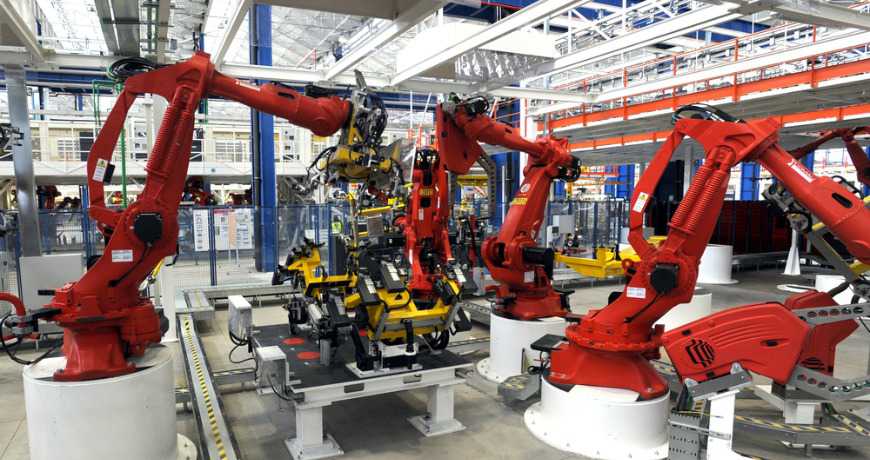You, or a supplier of yours, are planning to go for high-tech production automation and purchase manufacturing robots? Chances are, several suppliers have presented their solutions to you. The outlook seems rosy, and the decision leaves no space for doubt.
But have you considered the common challenges with manufacturing robots? Have you talked with other factories that have gone ahead with a similar initiative?
In this article CMC list a few challenges that you should probably expect and integrate in your costing model...
Let's take a look at the 3 Most Common Challenges with Manufacturing Robots

1. Time to Get the Machine to Operate Properly
The robot might not be immediately productive. You might need 2-3 months to get it running fine within its environment – not only training the operators and engineers on how to interact with it, but succeeding in setting it up properly. During these 2-3 months, you need to keep your current production line running and pay the operators doing the job.
Note that in some cases it takes much longer than 3 months – for example some factories never managed to configure an automatic welder properly. In the end it is a pure loss – not only buying the machine, but spending countless man-days of qualified talent and wasting much material and energy.
2. Maintenance Needs
Chinese manufacturers often forget about maintenance. They simply assume a new machine will remain in excellent condition, and they will find a way to repair it once it is down.
This is not exclusive to Chinese manufacturers. Here is how an American engineer described the situation in his company in the 1980s:
“All these wonderful machines performed their intended functions, on test, but when they were put into operation in our plants, with our people, they were out of business so much of the time for this and that kind of failure that our overall costs, instead of going down, went up. No one had evaluated the overall probable failure rate and maintenance. As a result, we were continually caught with stoppages and with not enough space parts, or with none at all; and no provision for alternate production lines.”
Source: Out of the Crisis, W. Edwards Deming.
Why this parallel with the US in the 1980s? China today is pretty much in the same position! Many manufacturers are beginning to install complex automation, yet they have very immature maintenance systems.
So , what should you plan for?
- Spending resources on preventative maintenance – not only dedicated engineers/technicians but also planned equipment downtime.
- Purchasing replacement parts – if possible based on statistical forecasts – and installing them at the right time.
- Troubleshooting, with or without the equipment manufacturer’s help, which means lost production during the down time.
- Quality problems due to incorrect settings or due to a worn-out part that should have been replaced earlier.
3. Sabotage
So you are about to replace unskilled workers by robots? Have you thought of their reaction? Generally in China this is not a big issue since they can get a reasonable amount of severance pay and they can find a new job easily. However, if they are working in an inland province, close to their family, they might have trouble finding an equivalent job.
What might happen? Acts of sabotage such as unplugging and re-plugging the robot while it is in operation, ensuring there is no lubrication, damaging parts to make it look like the robot did a bad job, messing the setup… There is no limit to creativity in this case.
The message here is, don't just listen to the robot supplier. Do your own analysis. Learn about the most common challenges with manufacturing robots. Once you consider all the pros and cons, you might take a different decision.
What about you? Have you noticed recurring challenges in factories that automated their processes? Are we missing something here?
Let us know by leaving your comment below...


!["Will You Save Money With Process Automation in Your Factory" [PPT + sheet]](https://no-cache.hubspot.com/cta/default/2185827/52f5b8e3-df93-462a-8296-294ae6cee133.png)

